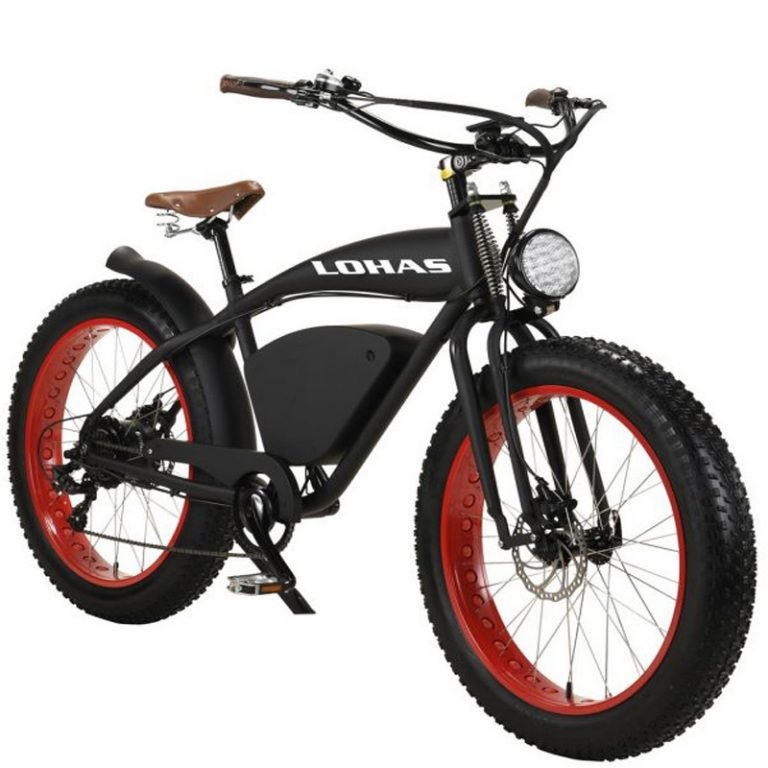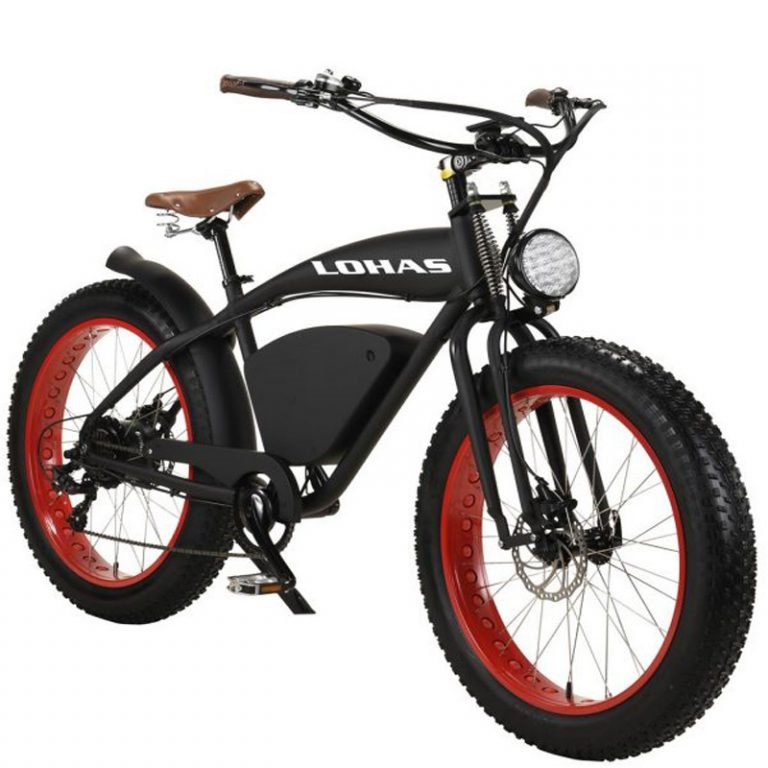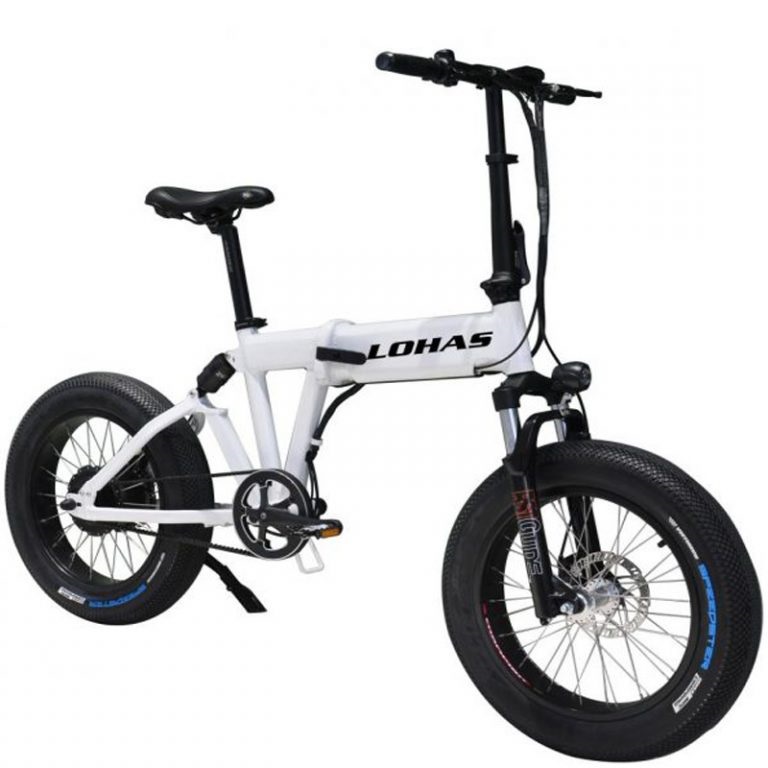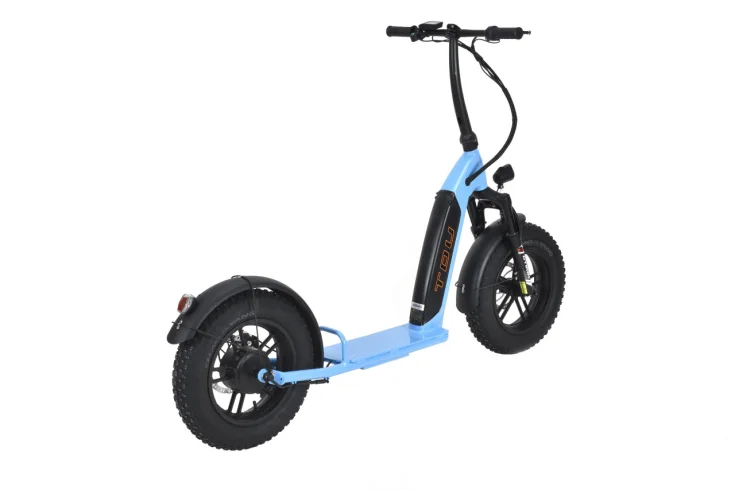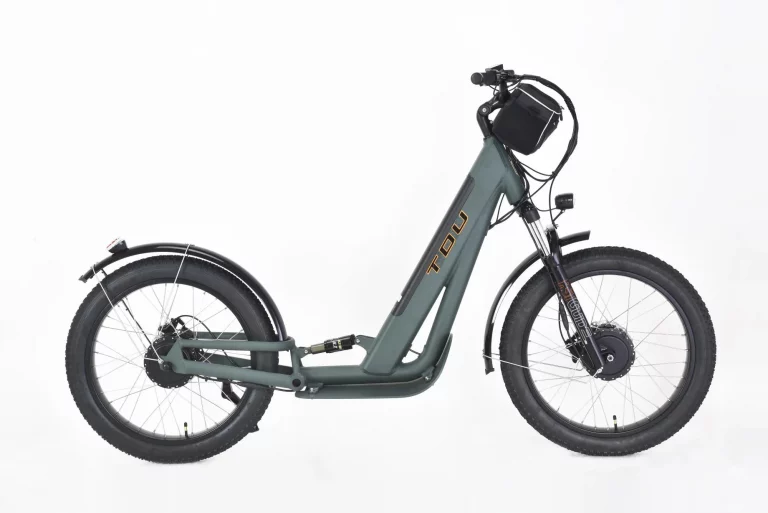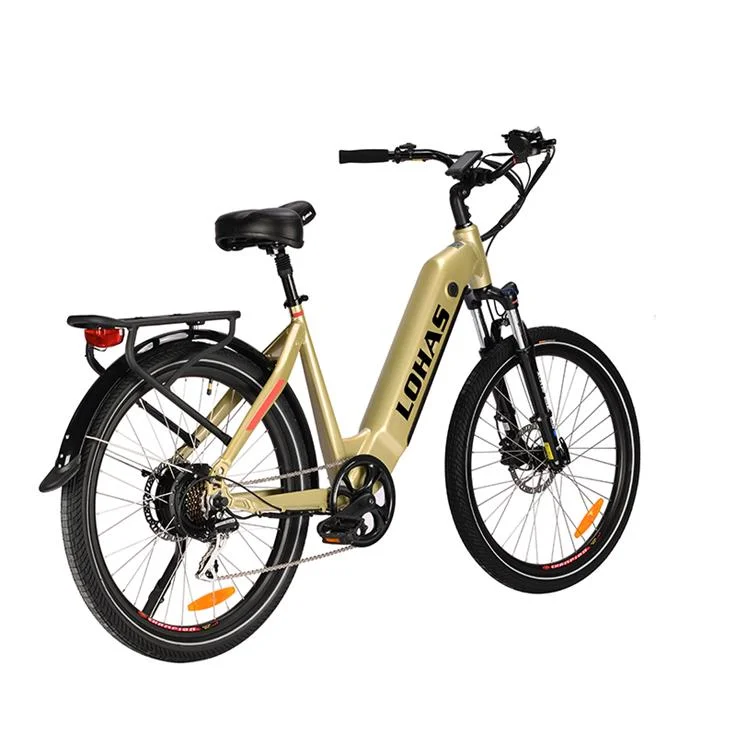In light of the swift advancement in scientific and technological landscapes, Electric Bicycles (E-bikes) have emerged as a novel mode of transportation, seamlessly integrating into an individual’s daily routines. When juxtaposed with traditional bicycles, E-bikes exemplify substantial shifts in functionality, performance efficacy and user experiences. This article aims to delineate an extensive comparison between these two forms of transportation. By exploring various dimensions–from fundamental differences to more intricate aspects–we shall equip readers with an all-encompassing understanding of the strengths and potential shortcomings inherent within both E-bikes and traditional bicycles.
Comparison of Power Performance
Traditional bicycles rely entirely on human power to ride, and their speed, climbing ability and distance traveled are directly affected by the rider’s physical condition. E-bikes, on the other hand, provide additional power support to the rider through a built-in motor and battery system. This means that E-bikes are faster, climb hills more easily, and even maintain a steady traveling speed during long-distance rides, greatly reducing the physical burden on the rider.
However, E-bikes’ advantage in power performance also brings certain limitations. Due to the presence of motors and batteries, E-bikes are usually heavier than traditional bicycles, which may be a disadvantage for users who need frequent handling or storage space. In addition, battery life is an important factor in the range of use of E-bikes. Once the power is depleted, E-bikes will lose their power support and need to be ridden manually or recharged before they can continue to be used.
Comparison of Comfort and Convenience
In terms of comfort and convenience, E-bikes also show significant advantages. E-bikes, typically furnished with shock-absorbent systems and plush seating, provide an exceptional level of comfort beneficial for all riders. These advanced features work cohesively to significantly minimize the sensation of uneven terrain, enhancing the overall riding experience. Furthermore, the motor output power is adjustable on E-bikes; this allows adaptation to diverse road conditions and personalized riding requirements, thereby simplifying the process whilst simultaneously boosting its comfort factor. Traditional bicycles stand in stark contrast due to their rudimentary construction and succinct weight; these attributes though possibly seen as advantageous in specific circumstances can lead to a notable deficiency in rider comfort and convenience over time. Enduringly prolonged rides may result in significant fatigue and unease which are highlighted when traversing over coarse surfaces where oscillations become more prominent. Additionally, operating conventional bicycles requires an intrinsic set of cycling techniques intertwined with balance skills that novice riders could potentially find taxing while learning for initial periods.
Comparison of Environmental Protection and Energy-Saving
In terms of environmental protection and energy saving, both E-bikes and traditional bicycles are highly environmentally friendly. As non-motorized transportation, both of them do not produce tailpipe emissions and cause less pollution to the environment. However, there are some differences between the two in terms of energy saving.
Traditional bicycles rely entirely on human power to ride and do not require any energy consumption, thus excelling in energy saving. E-bikes, on the other hand, provide power support through electric motors, their battery system has relatively low energy consumption, and with the continuous advancement of battery technology, the energy consumption of E-bikes is gradually decreasing. In addition, the energy-saving nature of E-bikes is also reflected in their ability to reduce the rider’s physical exertion and dependence on food, thus indirectly reducing energy consumption.
Comparison of Price and Maintenance Costs
In terms of price, traditional bicycles are usually more affordable than E-bikes. Traditional bikes are relatively affordable due to their simple structure and low manufacturing cost. E-bikes, on the other hand, have relatively high manufacturing costs due to the integration of high-tech components such as motors and batteries, resulting in higher prices.
However, in terms of maintenance costs, the difference between E-bikes and traditional bicycles is not significant. Although traditional bikes are inexpensive, they may need to replace wearing parts such as tires and chains as they are used for a longer period, incurring certain maintenance costs. While E-bikes have a relatively complex internal structure, key components such as motors and batteries usually have high durability and relatively low maintenance costs. In addition, with the continuous expansion of the e-bike market, the related maintenance services have been gradually improved, providing users with more convenient maintenance channels.
Comparison of Applicable Scenarios
In terms of application scenarios, E-bikes and traditional bicycles have their own merits. Traditional bicycles are suitable for short-distance traveling, leisure exercise and other scenarios due to their lightweight and flexible features. They can easily travel through the streets of the city and become the first choice of commuters and cycling enthusiasts. E-bikes, on the other hand, are more suitable for long-distance riding, hill climbing and situations where you need to carry more items. Its strong power support makes it easy for riders to face long distances or steep hills, while its larger weight capacity allows it to carry more items.
Summarize
To summarize, there are obvious differences between E-bikes and traditional bicycles in terms of power performance, comfort and convenience, environmental protection and energy saving, price and maintenance cost, as well as applicable scenarios. When choosing, users should weigh them according to their actual needs and usage scenarios. Whether pursuing environmentally friendly travel, exercise or convenient commuting, these two modes of transportation can provide different solutions. In the future, with the continuous progress of science and technology and the continuous development of the market, we have reason to believe that E-bikes and traditional bicycles will play a greater role in their respective fields, and jointly promote the popularization of green travel and healthy lifestyles.

